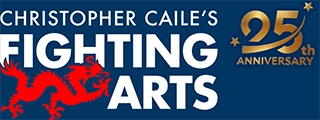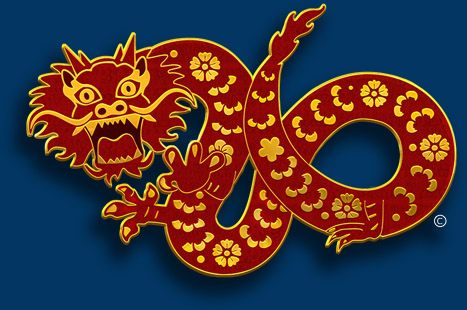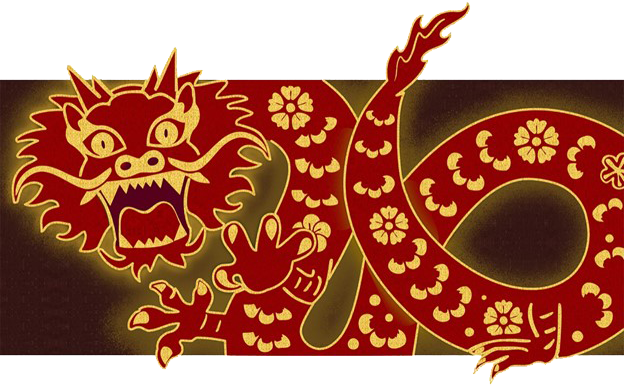Setsu Do Motsu:
A Lecture on Karate-do
By Kaicho Tadashi Nakamura, 9th Dan
Head of the World Seido Karate Organization
Editor's Note: Kaicho Nakamura still speaks with somewhat of a Japanese accent. His use of words and sentence structure in this lecture have been retained as much as possible to give a better sense of his person and flavor of his speech.
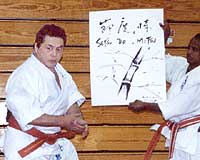 I have a few things today that I would like to mention. Sometimes way people starting karate, they are just only concerned with their technique, how they kick or punch, or their forms. But more than that, the way you study is not just your kata, your fighting form, or fighting spirit but how you study karate applied to daily life. And we always say, the way we study in not only karate, but karate-do. So lots of moral, lots of discipline is required to call yourself karate-ka. So each of you here I think — continue good moral, good discipline –moment to moment.
I have a few things today that I would like to mention. Sometimes way people starting karate, they are just only concerned with their technique, how they kick or punch, or their forms. But more than that, the way you study is not just your kata, your fighting form, or fighting spirit but how you study karate applied to daily life. And we always say, the way we study in not only karate, but karate-do. So lots of moral, lots of discipline is required to call yourself karate-ka. So each of you here I think — continue good moral, good discipline –moment to moment.
(Kaicho Nakamura then points to a sketch of a bamboo stalk with the words "Setsu do Motsu" written above it.)
This is one of my favorite expressions. I want you to remember these words today — especially discipline and flexibility. Together they mean Setsu do Motsu.

(Then he points to the lowest segment of the bamboo stalk.) Certain times come when you must tighten yourself. Then another time comes when again you must tighten yourself (pointing to the bamboo segment above the first one). This is the way we grow. Each segment is stiff, has strength, discipline.
Editor's note: Japanese characters are not lifeless, but have distinct personalities whose sub-elements are often rich in interpretation and subtle meaning. More

When growing bamboo must have this (he points to each distinct segment of bamboo along its trunk) in order to grow. Without it (the segments) it would fall down without strength.
In the winter time when I was a kid I used to go with my family to part of Japan (northern island) where there was lots of snow, an area that also had lots of bamboo. There was lots and lots of snow, and as the bamboo became covered with snow, down, down, down it would bend almost to the ground. (Nakamura here uses one of the wooden swords to illustrate it bending over under the weight of the snow.) There were also some sorts of trees and when lots of snow came, even big branches would break. But bamboo in winter time and snow bends, goes down almost to the ground. Then winter changes, snow starts to melt. A little bamboo comes up, comes up and comes up (here still using a wooden sword, he holds it straight up again) and 'aaahhh.' Then chance more to grow. This always remind me of Setsu do Motsu.
Without discipline we can go down and stop (ending up there). So remember as Karate-ka, always have flexibility, but also strength in discipline. This is easy when in the dojo, when in front of the teachers or senpais, easy when you have your belt on and can say 'I'm Karate-ka, I have good form, I am fighting, I work hard.' But after you get changed, wherever you go — sometimes you forget. It's all attitude — be careful. Wherever you go you are karate-ka, you are your dojo. Carry on as if your dojo exists wherever you go, especially when you are alone and no one watching.
You have to dedicate yourself. That is a very important thing. Easy when people are watching, when you can say 'I'm a karate-ka, I'm a senior.' But be careful. Wherever you go, when you are alone or in a different place –STILL THE SAME WAY. Appreciate what you have. Appreciate what you are. Then in Karate training watch yourself. UNDERSTAND? (Those listening respond with a loud OSU.)
So please continue to be proud with what you are doing. Your karate is not just karate discipline, skill, technique, your fighting or knowing many kata. Most important IS TO BECOME A BETTER PERSON!
Even children should say, 'Since I started karate, I enjoy more my study, listen more my parents and more concentrate. Since I study karate, I more a chance to understand myself, more listen to other people and more appreciate — yourself and what you have. Then you become a good karate-ka.
Note: This lecture, was given in March 2000, to students of Seido Karate at the Cornell College Champion Festival/ Tournament in Ithaca, New York. Nakamura regularly lectures on aspects of karate-do during weekly mediation sessions held at Seido Karate's New York City Headquarters. A number of these lectures are published in his book, One Day, One Lifetime — An Illustrated Guide to the Spirit, Practice and Philosophy of Seido Karate Meditation.
Kaicho Tadashi Nakamura
Kaicho is the Founder and Chairman of the World Seido Karate Organization.
A world-renowned karateka, Nakamura is a ninth dan (degree) black belt with over 7 decades of experience practicing and teaching martial arts.
Kaicho began his karate training in 1953 at age eleven. His first experiences were in the Goju style under the instruction of Kei Miyagi Sensei, the son of the founder of the style. In 1956, he began studying with Masutatsu Oyama, the founder of Kyokushin Karate, and in 1959 he earned his shodan rank. At the time, he was the youngest Kyokushin student in Japan to earn a black belt.
In 1961, at age nineteen, Kaicho debuted on the tournament scene with a first place triumph in the All-Japan Student Open Karate Championship. The following year, he became a Japanese national hero by knocking out a Thai kickboxing champion in a match to determine which nation had the superior martial art. Kaicho would win many more tournaments throughout his competition career.
.Around this time, he also began teaching. He served as the chief instructor at Camp Zama, a U.S. military base near Tokyo, from 1961 to 1965, and coached the Toho Medical University karate team for three years.
While earning his seventh dan, Kaicho served as the Chief Instructor at the Kyokushin Karate Honbu in Tokyo.
In 1966, Nakamura was personally selected by Masutatsu Oyama to help bring the true spirit of karate to America. He moved to New York City and began teaching at a small dojo in Brooklyn. He served as the American head of Kyokushin Karate for a decade, before respectfully withdrawing in 1976. The same year, he established the World Seido Karate Organization, which reflected his own beliefs about the true meaning of karate. With the principles of love, respect, and obedience as a foundation, Nakamura created Seido ("sincere way") to ensure that his students would develop spiritually and morally, as well as physically. Today, Seido Karate has thriving branches in 18 countries with more than 20,000 students worldwide, and the New York Honbu is one of the largest martial arts schools in the world.
While performing many duties as the chairman of the World Seido Karate Organization and the Seido Juku Benefit Foundation, Kaicho Nakamura is first and foremost an instructor of karate, teaching classes and meditation lectures at Seido Honbu and Seido's Westchester branch, Johshin Honzan. He remains committed to helping students reach their full potential, as both karateka and individuals.
Camp Zama, a U.S. military base near Tokyo, from 1961 to 1965, and coached the Toho Medical University karate team for three years.
Search for more articles by this author:
